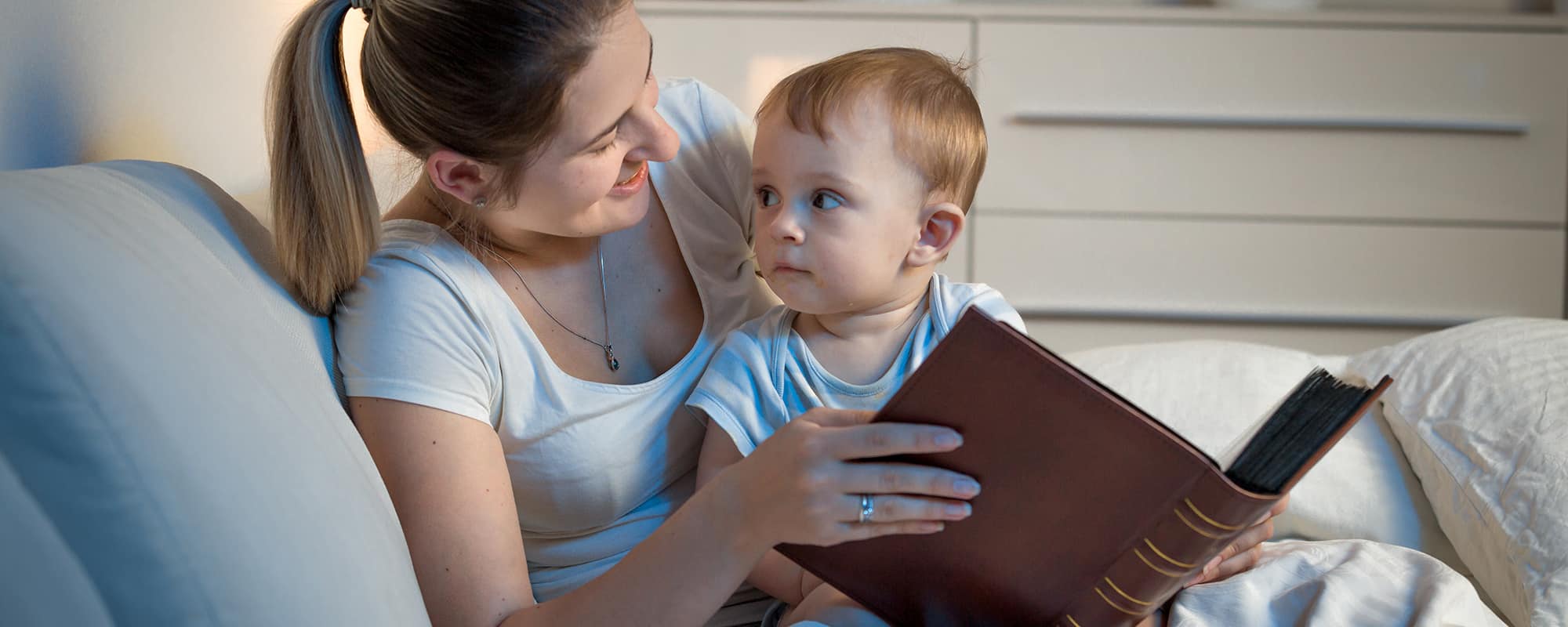As an always on-the-move parent, it’s probably hard to imagine not wanting to go to bed, right? But toddlers are unique creatures, still very wide-eyed to the world and all the excitement it brings.
To them, going night-night gets in the way of the thrill of running, climbing and touching everything in sight! So, when your 18-month-old starts throwing out a whole lotta “No” at bedtime – only getting more tired, more rigid, more hyper and irritable – take comfort in the fact that this is a normal and natural consequence of toddlerhood.
Does this mean you and your tyke are destined for endless sleepless nights? Not at all! Instead, try adjusting your approach to bedtime, allowing your toddler the best opportunity for sleepy-time success.
Here’s five tips on what to do
1. Try these Daytime Tricks
Did you know that preparing for bedtime doesn’t start with a bath, stories and PJs? Instead, it begins during the day… first by getting a lot of sunlight. Natural outdoor light helps to regulate your toddler’s sleep hormone, called melatonin, helping to ensure that they’ll be drowsy when it comes time to hit the hay.
And while your kiddo is outside – get moving! It’s recommended that toddlers clock at least three hours of running-around play a day because, for one, being active during the day has been shown to improve a child’s sleep quality at night.
2. Change up Naptime
Most tots who are between 12 and 24 months old still snooze for an hour or two in the middle of the day. Kids who nap for longer, however, often need a later bedtime… or they wake more often at night. So, if you’re hoping to shift some of that daytime sleep to the evening, start by shortening the afternoon nap by 15 minutes (This’ll help your kiddo be a bit more tired at night).
If that goes well, trim another 15 off and slide bedtime 15 minutes earlier. Keep adjusting until you land on the schedule you want. If your tot gets cranky in the early evening, you’ll know you’ve shortened the nap too much.
3. Time Night-Night Right
While a 7.00pm to 7.00am sleep schedule might be your ideal, most toddlers do best with a bedtime closer to 8.00 or 8.30pm. If your toddler fights night-night, it’s a clue that bedtime may be too early… or too late. When bedtime is on the early side, your tyke may show zero signs of fatigue like rubbing eyes or yawning and fight sleep for up to 60 minutes.
On the other hand, fighting sleep can also be a sign that bedtime is too late. If your toddler has trouble waking up and shows clear signs of tiredness at bedtime, bedtime is later than it should be.
4. Create a Predictable Routine
Instilling a loving, calming and consistent routine has been shown to help toddlers fall asleep faster, wake up less during the night and sleep longer. Starting roughly 60 minutes before desired lights-out, dim the lights, shut off screens, offer a relaxing bath and engage in some quiet play and stories. In the background, turn on a white noise machine (like SNOObear, which plays sounds specially designed for sleep!).
5. Enlist Help from a Cuddly Friend
After your little one has celebrated their first birthday, go ahead and introduce a lovey like a blankie or a teddy bear to your sleepy-time routine. These cuddly friends help build confidence and comfort, which makes toddlers feel more secure when it comes to saying good night to grown-ups.
To amp your “lovey’s” power, try to keep it for sleepy-time only and include the stuffie or blanket into your child’s bedtime routine by giving goodnight kisses to the “lovey”, too!
Finally, tuck your sweet tot into bed while they’re in a sleepy state, but still awake. This way, your child learns to put themselves to sleep. The key word there is learn. Remember, your toddler is still learning so bumps in sleep will happen.
Heck, sleep bumps even happen with grown-ups! Just know that by following the above tips, your tyke is well on their way to being a champion sleeper.





